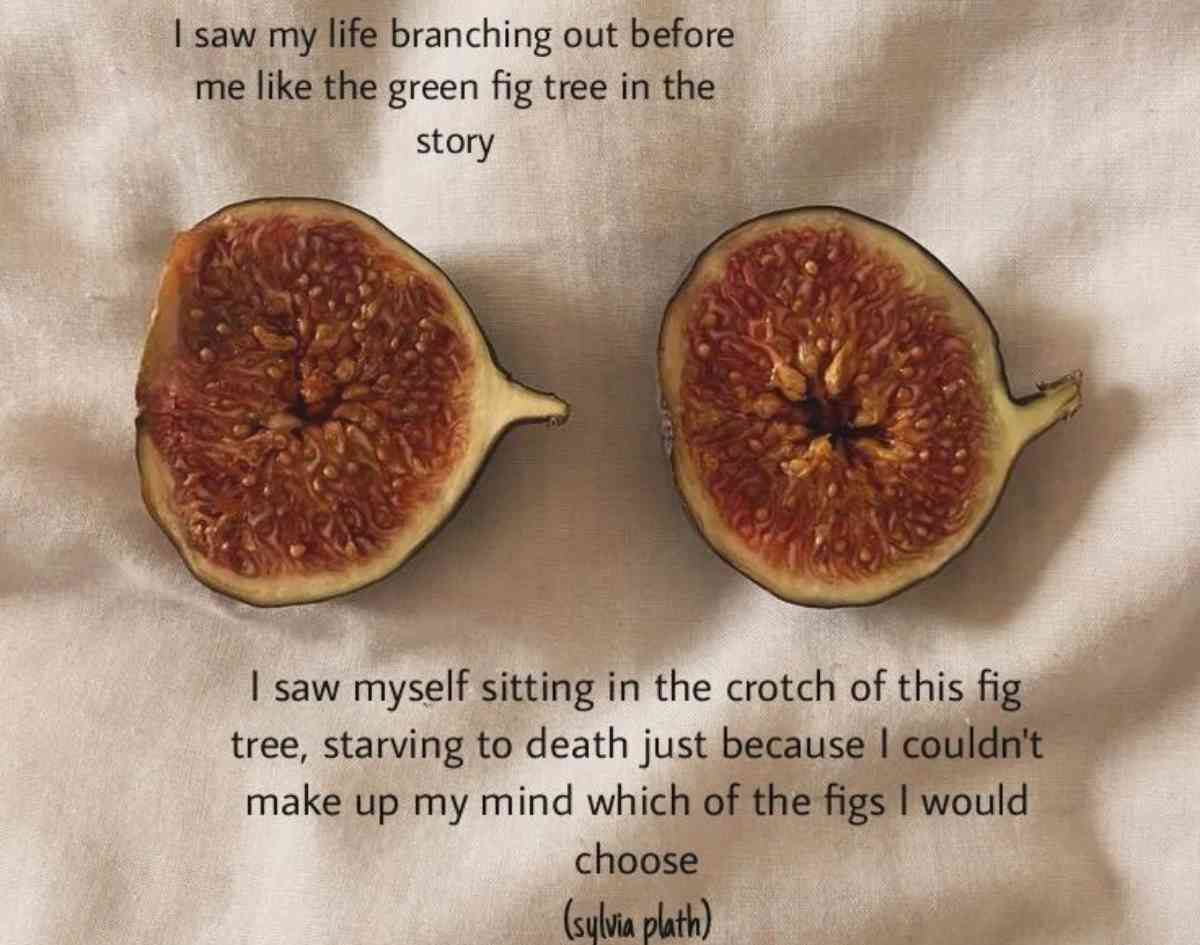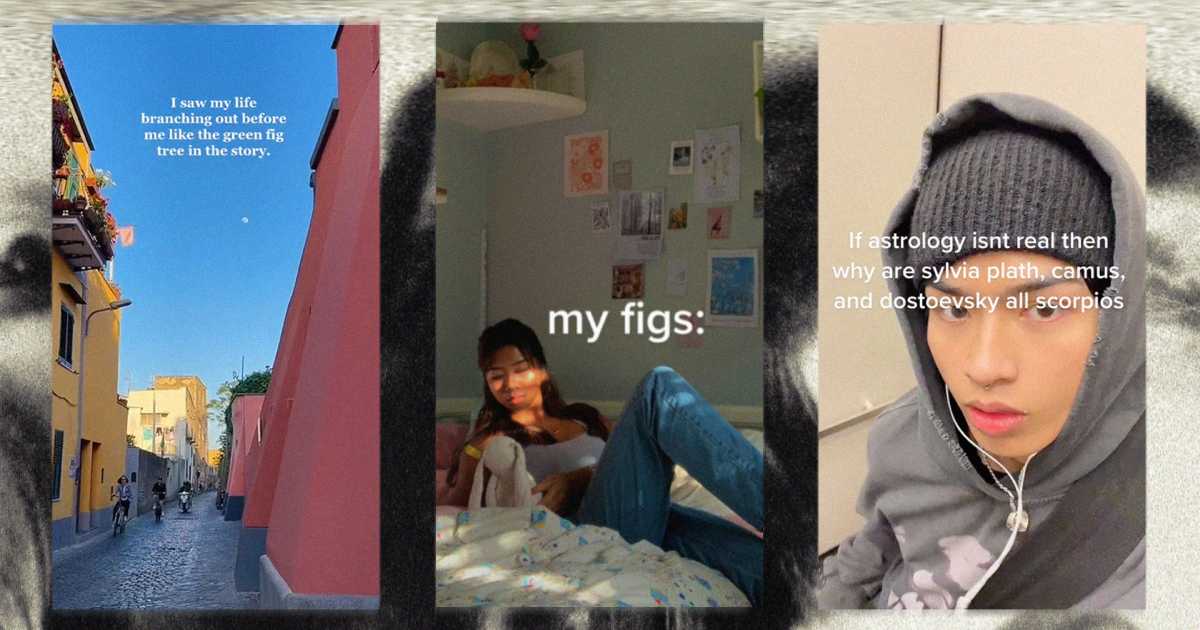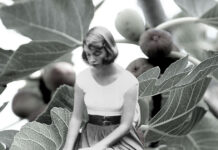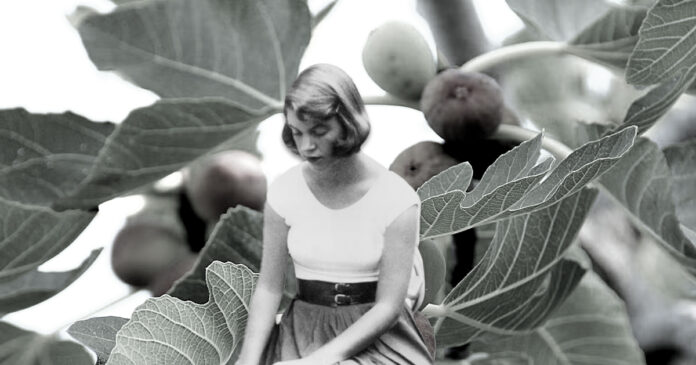You are not alone if you’ve ever stood at the crossroads of life, paralysed by the sheer number of options before you. Sylvia Plath painted this exact feeling in her now-famous fig tree metaphor in The Bell Jar.
There is something deeply melancholic about Sylvia Plath’s fig tree, and strangely enough, this decades-old passage still resonates with Gen Z and their fantasisation of ghost lives they couldn’t live.
We are all a grave of things we could have been. But here is the truth: We can’t have it all at once. And the waiting and trying to do otherwise might slowly rot us from it all completely.
This is exactly why the literary metaphorical piece by Sylvia Plath might flip your perspective too.
Sylvia Plath’s “Fig Tree” Analogy
For those foreign to The Bell Jar, Plath writes a famous metaphoric passage:
“I saw my life branching out before me like the green fig tree… From the tip of every branch, like a fat purple fig, a wonderful future beckoned and winked… I wanted each and every one of them, but choosing one meant losing all the rest… and, as I sat there… I saw myself starving to death, just because I couldn’t make up my mind which of the figs I would choose.”
Sylvia Plath’s novel is about a 19-year-old Greenwood college student named Esther. She is able to secure a highly demanded internship in New York City. It all seems fine until Esther is hit with the societal burdens and expectations of women. The weight of the future, her need for an identity and the expectations of people around her manifest themselves in the “fig tree” metaphor.
Each fig represents a version of life, the plethora of opportunities. Yet, the fear of making the “wrong” choice leads to paralysis. Esther develops the fear of making the wrong choice, one that will cost her wants or dreams. Because the weight of possibly choosing wrong made her choose nothing., Esther watches as the figs prune and die.
While the literary piece was written in the 1960s, the pressure to “have it all” has only intensified, and we see that evident even today. Youngsters are already grieving and fantasising about lives that aren’t theirs or lives they once thought they would be living.
We’re told we can be anything. But what if we pick the wrong fig?
It’s not just a metaphor but a literary warning. And it comes with a soft kind of devastation, the kind that creeps in when you realise that maybe you have been sitting under your own fig tree far too long. Watching as the figs rot.

The Ache of Wanting Everything
We were raised in a generation told we could be anything and everything. And we believed it. But what no one told us was that wanting it all would come at the cost of doing very little. And with every door that opens, we’re forced to close another.
Plath’s fig tree didn’t lie; each fig is beautiful in its own way. But choosing one means grieving the others. And that grief? That’s what haunts us.
We stall, hoping the tree will wait. That the figs will stay ripe. But time is brutal. The figs do fall. Slowly, silently, and then all at once. And one day, you wake up surrounded by rot, realising you said “maybe later” so many times, that you’ve run out of later. You sit at the base and starve yourself with indecisiveness.
But, what if you just pick? The power of Plath’s metaphor isn’t just in its poignancy, it’s also in how it forces a reckoning. You can’t have every fig. Some figs will indeed wither and fall.
And maybe that’s not a tragedy.
Because picking a fig is better than watching the tree empty itself in silence. At least when you pick, you live. You grow, learn and get to taste the sweetness of something.
I saw one writer on the internet beautifully sharing how she re-read the fig tree passage in her late 20s after walking away from a job, a relationship, and the pressure to conform. But instead of sinking into despair, she realised she could simply choose a fig, even if it wasn’t “perfect.” And from there, everything changed.

Bittersweet Lesson From Sylvia Plath’s Life
There’s a deep sadness in knowing Sylvia Plath never escaped her own fig tree. She saw the metaphor, understood the trap, and still couldn’t climb. That’s the part that stays with you. That’s what makes this more than a Pinterest quote.
But maybe her pain doesn’t have to be ours.
The lesson for Gen Z is to simply try. Stand in the face of failure and rejection instead of the regret of not choosing it all. We may be labelled as the generation that avoids rejection and risk. But we’re also known for our boldness and for being feared, because we have learned how to survive through it all.
Sylvia Path’s fig tree is a poetic reminder for us to not be scared of the future, or else we will never experience the joy of the unpredictability of things. Maybe we will never know where our choices might take us, but maybe that’s the best part after all.
Stay tuned to Brandsynario for the latest news and updates


































